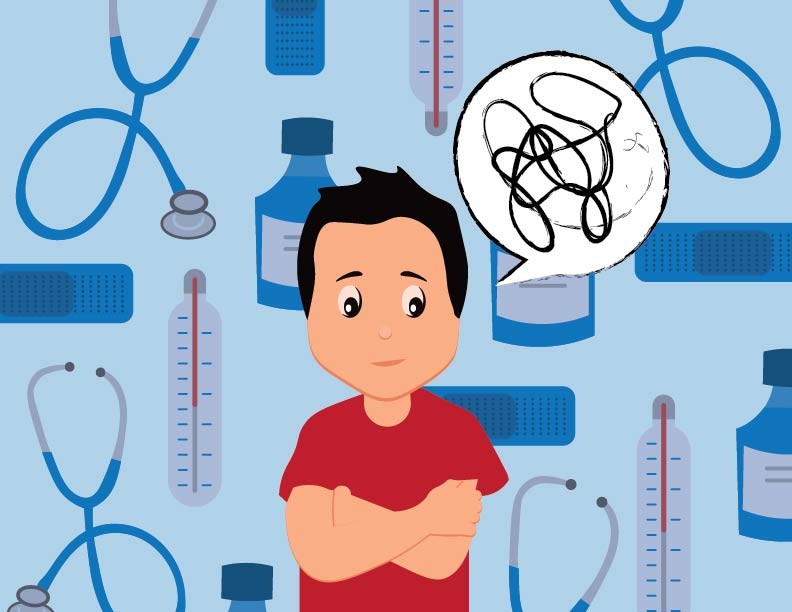University of Minnesota researchers recently found that the way the body responds to stress can change during puberty.
The body’s stress response typically becomes set during childhood and does not change. For children who have experienced adversity early in life, this can lead to a stress response that does not work properly. The study, which was published last month, shows that during puberty the response can change and adapt to a new environment.
“We thought that was really promising because obviously a lot of people were thinking that early childhood was the end-all, be-all,” said co-author Carrie DePasquale, a doctoral student in the University’s Institute of Child Development. “Now what we’re showing is adolescence and puberty is actually potentially another time where the system can re-calibrate.”
The main findings of the study revolve around the body’s hormonal stress response system, commonly referred to as the “HPA axis,” she said. When the human body undergoes stress, the hormone cortisone is produced to adapt to different life experiences.
“When the stress response systems are overactive, and they have chronic, prolonged activity, this can be really damaging,” DePasquale said, and can lead to attention issues or problems with self-regulation.
This can happen to children who grew up in orphanages or in neglectful environments where they may have lacked a proper caregiver, she said.
“Even if they’re adopted into [a] supported, well-researched home,” DePasquale said. “They’re still not able to activate their stress response in a way that’s helpful.”
The study showed that over a period of five years, the stress response systems for children who grew up in a more positive environment were able to adapt and begin to look like a typical child’s response, she said.
“We’re such a long-lived organism, and the world can change, and puberty is a time of heightened plasticity of the brain,” said Megan Gunnar, the study’s co-author and director of the University’s Institute of Child Development.
Throughout the five stages of puberty, researchers saw gradual changes to support this.
“It’s telling us that if there’s not a sensitive period, there’s at least another very open and plastic period,” she said. “That’s a hopeful sign for kids that have experienced a lot of adversity early in life.”
Researchers are still looking for additional evidence that this is the case in humans.
“The next question is really, how far does this extend? To what other systems does this extend?” Gunnar said.
There’s also the question of whether this can occur in all children, said Laura Stroud, a psychiatry and human behavior professor at Brown University.
“Would we see these changes if they were in situations where there wasn’t such extreme deprivation in the past?” she said.
Puberty can also be a troublesome time when things like depression or other disorders surface, Stroud said. This can change that narrative.
“Starting to think of adolescence as a time of opportunity, I think, is just important as a society,” she said. “Perhaps studies like these that help us understand the positive aspects of pubertal development may help us as a society sort of make life better for adolescents.”













